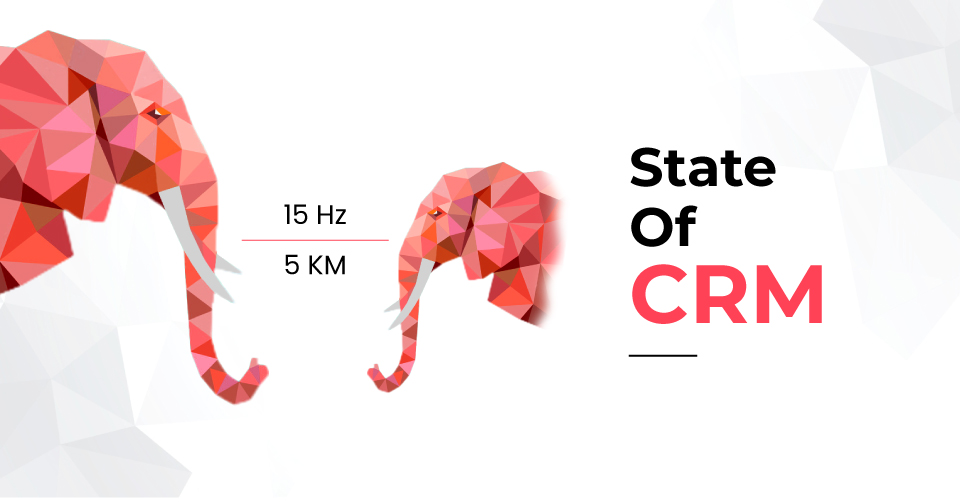Continuity plays a pivotal role in sustaining businesses, particularly in customer-facing operations such as sales and customer experience. It is paramount for teams engaging with customers to avoid relying on fragmented decision-making, flawed procedures, or outdated information that impede their ability to achieve customer objectives. The adage, “time is money,” is particularly relevant in this context. As an organization, it is imperative to eliminate any impediments that may hinder customer-facing teams’ ability to streamline their processes and conclude sales or service activities with customers.
Paramantra places great emphasis on fundamental principles and has turned to the realm of science and physics to draw inspiration in defining continuity. This inspiration has been incorporated into the design of our solution, which offers a platform that empowers businesses to operate with seamless continuity and enhanced efficiency in their revenue operations.
The continuity equation is a fundamental principle in physics, which asserts that the quantity of mass or volume of fluid that enters a given region must be equivalent to the quantity that exits the region. Mathematically, this principle can be expressed as:
∂ρ/∂t + ∇(ρv) = 0
Where ρ is the fluid density, t is time, v is the fluid velocity, and ∇ is the divergence operator. This equation is also known as the conservation of mass equation.
The continuity equation is a fundamental principle that applies to all types of fluids, including liquids, gases, and plasmas. It has widespread applicability across various domains of physics, such as fluid mechanics, electromagnetism, and quantum mechanics.
Each part of the equation has a specific meaning. The term ∂ρ/∂t represents the rate of change of density with respect to time. The term ∇(ρv) represents the divergence of the fluid density multiplied by the fluid velocity, which represents the rate at which the fluid is flowing out of a given region.
One of the most common applications of the continuity equation is in the study of fluid dynamics. In this field, the equation is used to study the flow of fluids through different types of systems, such as pipes, channels, and open channels. The equation is also used to describe the behavior of fluids in different types of systems, such as pumps, turbines, and engines.
Advanced equations based on the continuity equation include the Navier-Stokes equations, which describe the motion of fluids, and the wave equation, which describes the behavior of waves in fluids.
In the realm of business, continuity plays a vital role in fostering and sustaining robust customer relationships. This entails breaking down information and decision-making silos, to establish a seamless connection between an organization’s strengths and the benefits it can offer its customers.
The continuity equation, used in the field of fluid mechanics, can be compared to the flow of information and resources within an organization. In the same way that the equation achieves equilibrium by balancing the inflow and outflow of fluid, a company must strive to balance the inflow and outflow of information and resources among various departments and teams.
The continuity equation can be broken down into three parts: the density of the fluid, the velocity of the fluid, and the area through which the fluid is flowing. In the context of business, these components can be interpreted as follows: the fluid’s density can symbolize the volume of information flowing through a company, its velocity can represent the speed at which this information is processed, and the area can denote the various departments or teams involved in the process.
A balanced continuity equation corresponds to the seamless flow of fluid, similar to how the smooth flow of information and resources between departments leads to optimal organizational efficiency. However, disruptions or blockages in the flow can lead to delays, errors, and ultimately, negative impacts on customer relationships. Therefore, when it comes to CRM, it is crucial to integrate more, as the ultimate objective of every system and process in an organization is to provide the best possible experience to customers.


